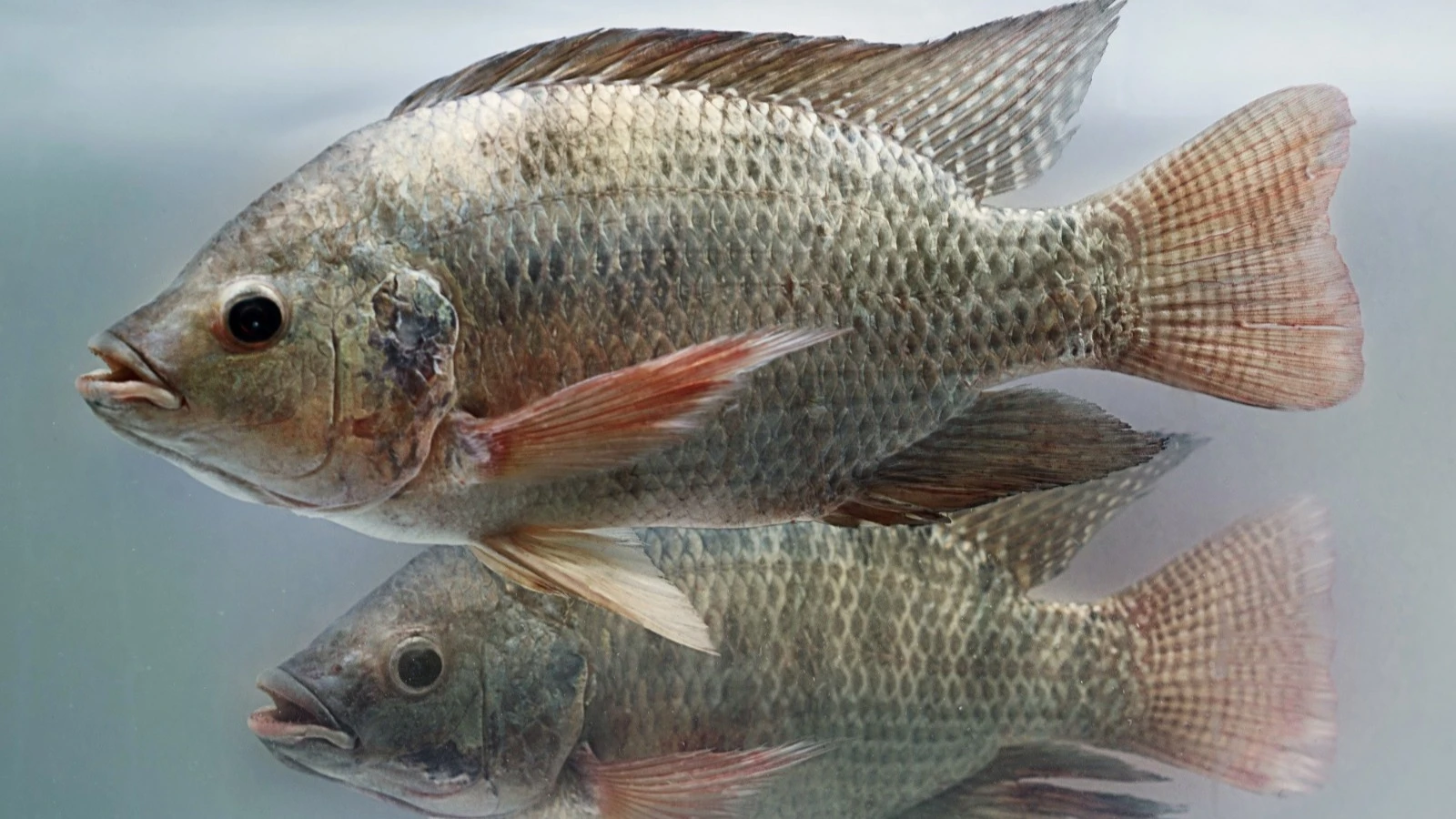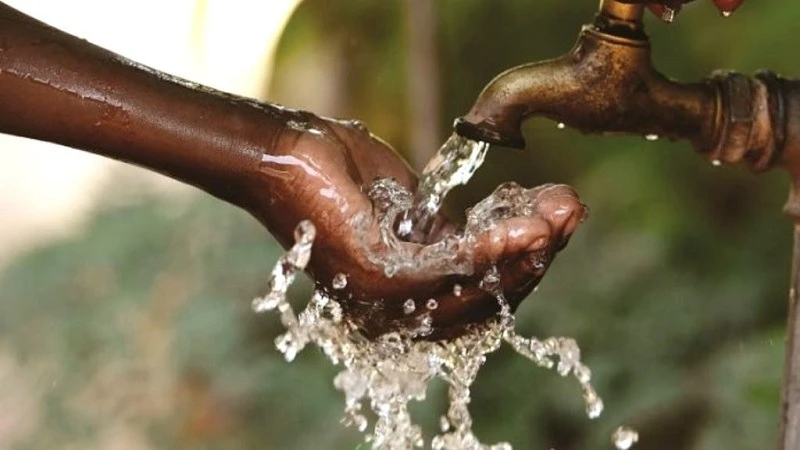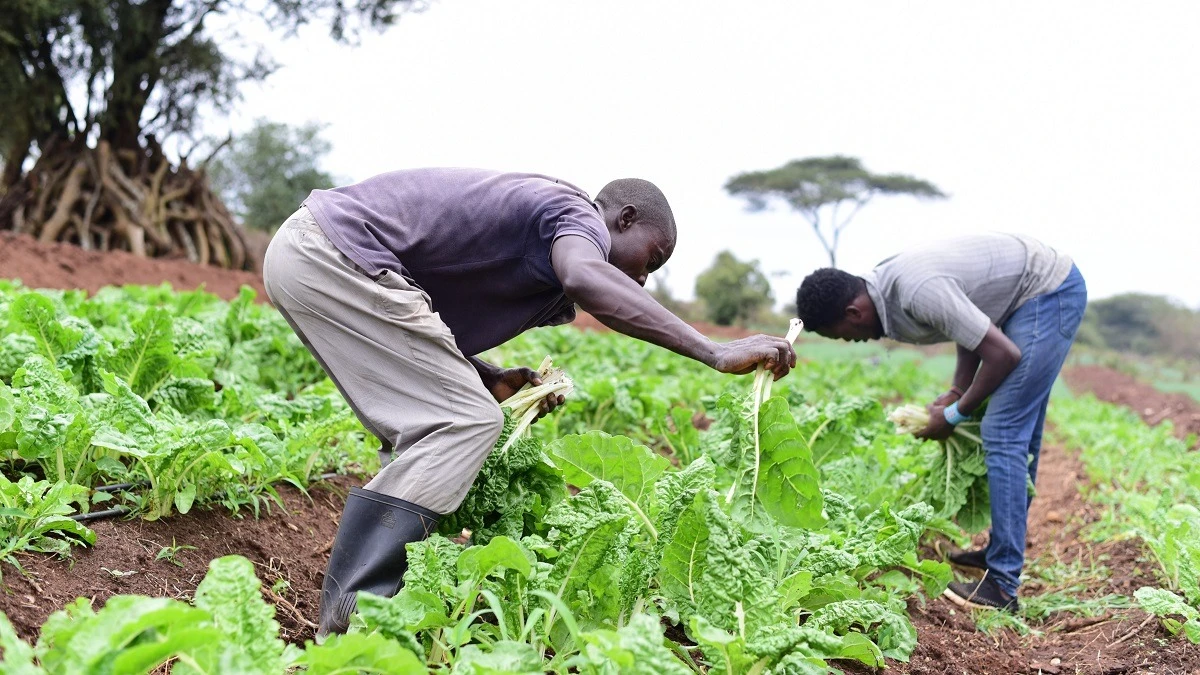Fish stocks dwindle in Lake Victoria amid high demand

THE shores of Lake Victoria in Kisumu city bustle with fishermen selling their catch.
There has been a surge of demand for one particular fish - Nile perch. The species fetch high prices at the market here.
But it's not the flesh that buyers are after - it's their swim bladders or maw, known in local Dholuo as ‘mondo’. These vital organs, essential for buoyancy, are predominantly found in mudfish and Nile Perch.
The swim bladders are in demand in Asian markets such as China where they are considered a delicacy, thought to have anti-aging properties and are also used in the manufacture of surgical threads.
But overfishing is leading to a fall in the population of Nile Perch in the lake.
"In the past, fish were abundant, unlike now, when a whole day's catch might yield only five Nile perch. Nowadays, the fish maw is considered as valuable as gold," said fishmonger Gladys Okumu.
Okumu extracts fish maw from Nile Perch and sells it to brokers, who then pass it on to Chinese agents.
At the quayside market, maws can fetch up to Ksh 5000 (approximately $38) per kilogramme, a stark contrast to Nile perch flesh, which sells at Ksh 450 ($3.40) per kilogramme according to Okumu.
A 2020 report published in Frontiers in Environmental Science, entitled "Lake Victoria’s Bounty: A Case for Riparian Countries’ Blue Economic Investment" reported that fish maws, on average, can command a retail value ranging from USD 127 to USD 287 per kilogramme.
The inflated prices likely reflect the involvement of the middlemen who then sell the maws to Chinese buyers.
"We usually collect fish maw from fishermen and sell it to brokers, who then sell it to the Chinese. They use it to make surgical suture and other products we're not fully aware of," said Okumu.
According to Kenya Marine and Fisheries Research Institute (KMFRI), only 2 percent of the Nile perch byproduct comprises the swim bladder.
The surging demand has spurred clandestine harvesting methods targeting breeding and juvenile stocks.
Fisherman Victor Ndonga is out on the water of Lake Victoria, trying to catch some fish.
"Today seems like my lucky day. Most of the time, our fishing trips don't yield any Nile perch. However, Tilapia is always abundant, filling crates, while only one Nile Perch might be in the entire batch," he said.
Over the years, Nile Perch numbers have plummeted, making each catch a stroke of luck. Even dead, inedible Nile Perch are considered profitable.
"The fish maw is far more valuable than the flesh. Occasionally, during our fishing trips, we come across large Nile perch that are dead and inedible. However, we still consider ourselves fortunate, as extracting the fish maw from these fish can still bring in good money," said Ndonga.
The Nile Perch is an invasive species which was introduced to Lake Victoria in the 1950s, disrupting the ecosystem. However, it remains a significant source of income for local fishermen.
Chrispine Nyamweya, a research scientist at KMFRI, noted that the fish maw trade is not fully formalised, making it difficult to monitor exports.
Larger fish are more lucrative and thus the target of fishermen, but this leads to long term pressures on the population, said Nyamweya.
"People target the big one because of the big fish maw they get from them and by doing that you truncate the population such that you only have the small ones dominating in the lake and that affects the replenishment potential of Nile Perch stocks in Lake Victoria."
Nyamweya proposed formalising the fish maw trade to regulate harvesting and trading volumes.
He emphasised the importance of continuous stock monitoring, adopting sustainable fishing practices and finding monetary value in other Nile Perch by products to help fisherman create a sustainable livelihood and thus help ensure the maintenance of future fish populations.
Top Headlines
© 2024 IPPMEDIA.COM. ALL RIGHTS RESERVED





















